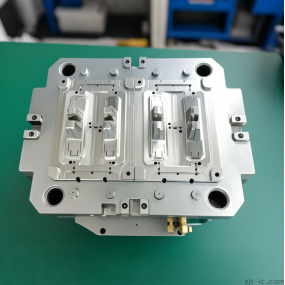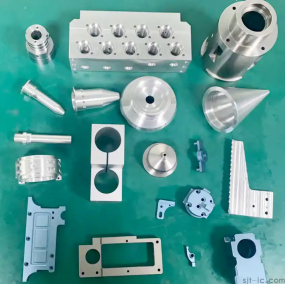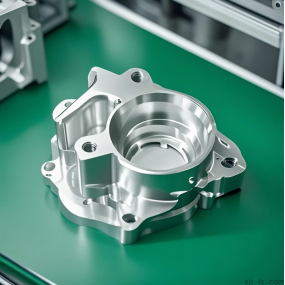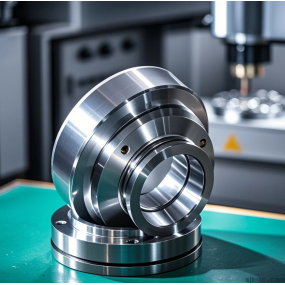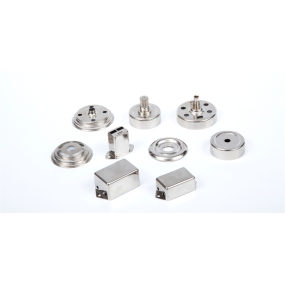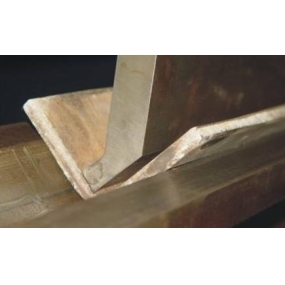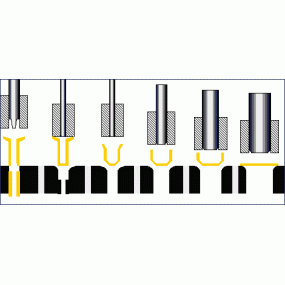For efficient CNC lathe machining of metal cutting, the material being machined, cutting tools, and cutting conditions are the three major elements. These determine the processing time, tool life, and processing quality. The economically effective processing method must be a reasonable choice of cutting conditions.
The three elements of cutting conditions for CNC lathe machining are cutting speed, feed rate, and cutting depth, which directly cause damage to the tool. With the increase of cutting speed, the temperature of the cutting edge will rise, resulting in mechanical, chemical, and thermal wear. Increasing cutting speed by 20% will reduce tool life by half.
The relationship between feed conditions and tool wear occurs within a very small range. But with a large feed rate, the cutting temperature rises, and there is significant wear later on. It has less impact on the cutting tool than the cutting speed. Although the impact of cutting depth on cutting tools is not as significant as cutting speed and feed rate, in micro depth cutting, the material being cut produces a hardened layer, which also affects the tool's lifespan.
Users need to choose the cutting speed based on the material being processed, hardness, cutting state, material type, feed rate, cutting depth, etc.
The selection of the most suitable processing conditions is based on these factors. Regular and stable wear and tear to achieve lifespan is the ideal condition.
However, in practical operations, the choice of tool life is related to tool wear, changes in machined dimensions, surface quality, cutting noise, machining heat, and other factors. When determining the processing conditions, it is necessary to conduct research based on the actual situation. For difficult to machine materials such as stainless steel and heat-resistant alloys, coolants or blades with good rigidity can be used.


 Spanish
Spanish Arabic
Arabic French
French Portuguese
Portuguese Belarusian
Belarusian Japanese
Japanese Russian
Russian Malay
Malay Icelandic
Icelandic Bulgarian
Bulgarian Azerbaijani
Azerbaijani Estonian
Estonian Irish
Irish Polish
Polish Persian
Persian Boolean
Boolean Danish
Danish German
German Filipino
Filipino Finnish
Finnish Korean
Korean Dutch
Dutch Galician
Galician Catalan
Catalan Czech
Czech Croatian
Croatian Latin
Latin Latvian
Latvian Romanian
Romanian Maltese
Maltese Macedonian
Macedonian Norwegian
Norwegian Swedish
Swedish Serbian
Serbian Slovak
Slovak Slovenian
Slovenian Swahili
Swahili Thai
Thai Turkish
Turkish Welsh
Welsh Urdu
Urdu Ukrainian
Ukrainian Greek
Greek Hungarian
Hungarian Italian
Italian Yiddish
Yiddish Indonesian
Indonesian Vietnamese
Vietnamese Haitian Creole
Haitian Creole Spanish Basque
Spanish Basque

